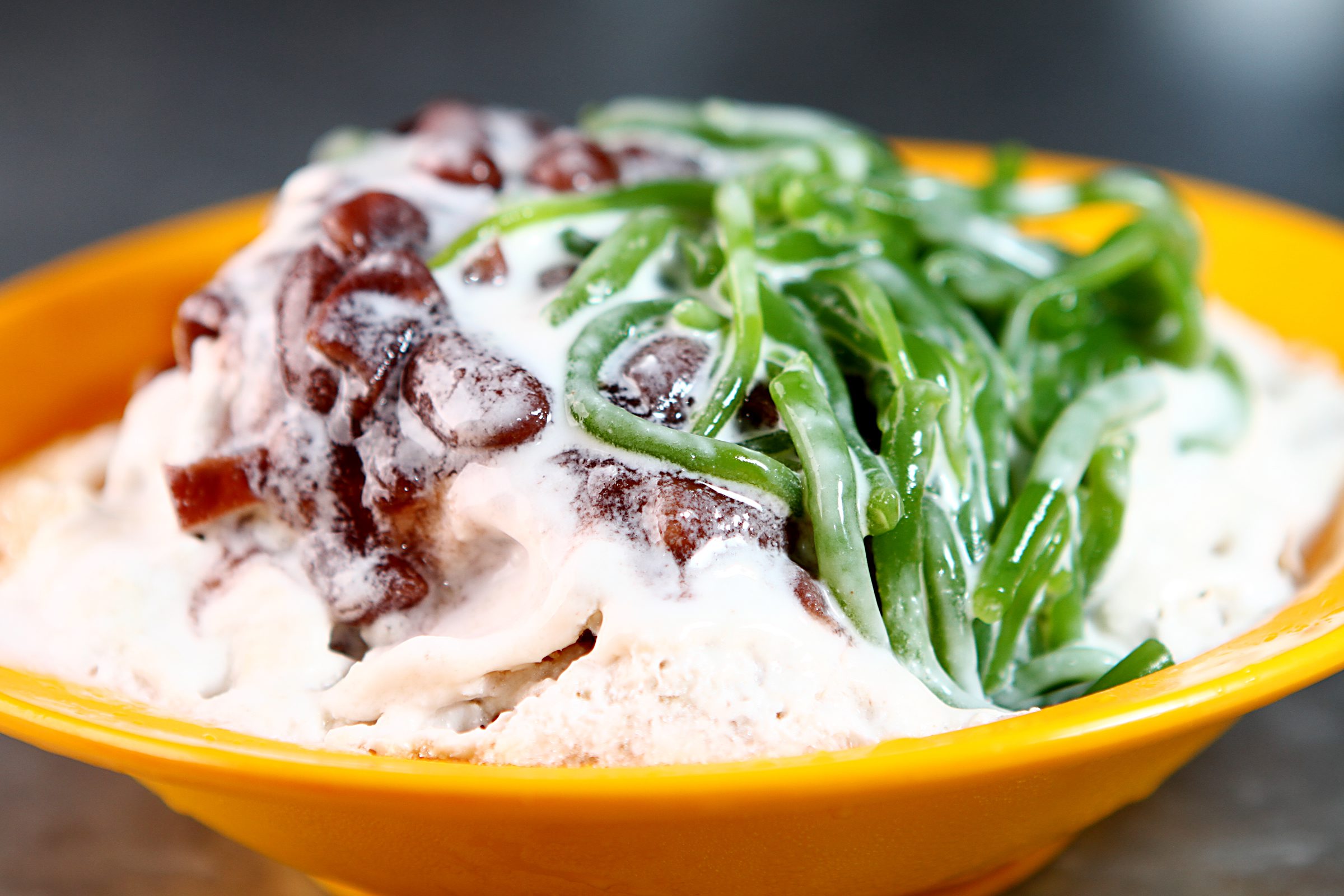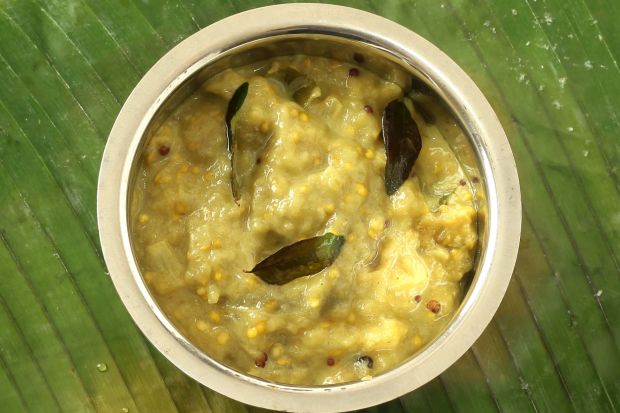TODAY, we look at dietary baking with special emphasis on gluten–free baking.
Celiac diseaseis a genetic disorder in which the intestine is unable to process gluten proteins.
When gluten is ingested by someone with this disease, the gluten proteins damage the lining of the small intestine. As a result, the body is less able to absorb other nutrients.
The disease has many and varied symptoms including anemia, fatigue, intestinal pain, and malnutrition, and there is no cure. The only remedy is to avoid gluten completely.
The difficulty for a baker is that gluten gives structure to breads and many other baked goods. Gluten is a component of wheat flour, a baker’s main ingredient. In addition, gluten proteins are found in rye, barley, spelt, and oats.
Nevertheless, it is possible to bake a variety of products using gluten-free flours such as rice, millet, buckwheat, amaranth, and quinoa; potato starch, cornstarch, and cornmeal; and flours from chickpeas, green peas and other legumes.
The structure-building properties of gluten proteins must be supplied by other ingredients such as egg proteins and vegetable gums, like xanthan gum, which are necessary for making breads.
These ingredients don’t work the same way as gluten and so the texture of doughs will be less elastic, and baked breads are likely to be more crumbly.
The recipe
Here I would like to share a gluten-free recipe. However, this Chickpea Walnut Muffin uses a mixture of tapioca, chickpea and green pea flours which are easily available.
Pregelatinised starch is added to form a firm gel that can improve the structure of the muffin. The pregelatinised starch is a type of cooked flour similar to the cooked glutinous rice flour (Kou Fun) used in making snow skin mooncakes.
The method is very simple. Use the creaming method by beating the butter and sugar until it is fluffy before adding eggs gradually.
The dry ingredients must be sifted together several times so that it can be incorporated evenly into the batter. After adding the dry ingredients, mix on slow speed for one minute before adding the whipping cream and walnuts. This is to prevent the gluten in the flour from developing which will result in a tough eating muffin.
The secret to making a good muffin that has a nice crack at the top is to have sufficient baking powder in the formulation.
The other is to make sure to bake in a hot oven of 200 °C which makes the muffin to open up and crack in the centre. If you are using a convection oven, bake at 180 °C for 25 minutes.
I love the taste and flavour of this muffin made with chickpea flour. All types of pea flour are very nutritious as they are rich in essential amino acids such as lysine, alanine and tyroxine.
They also contain a lot of potassium, B-vitamins and dietary fibre for maintaining good health.
I hope you will try this muffin as it is moist and very flavourful. Happy Baking!
Don Yong is the chairman of the Malaysian Institute of Baking. He is also a master-baker, author and a self-confessed pastry lover.
If you have decided to start baking and do not know where to start, why not attend one of our baking workshops. The baking workshops are conducted by Don Yong. For details, go to www.kuali.com/bakewithkuali/.
Related recipe:








Flour made from breadfruit is also gluten free.
Hi Raymond,
Thanks for the info.
Regards,
The Kuali Team